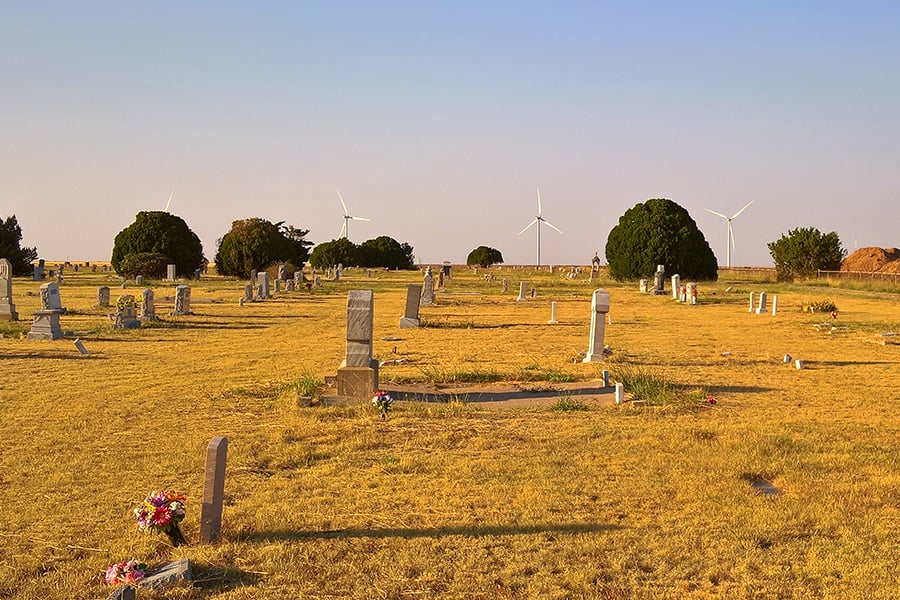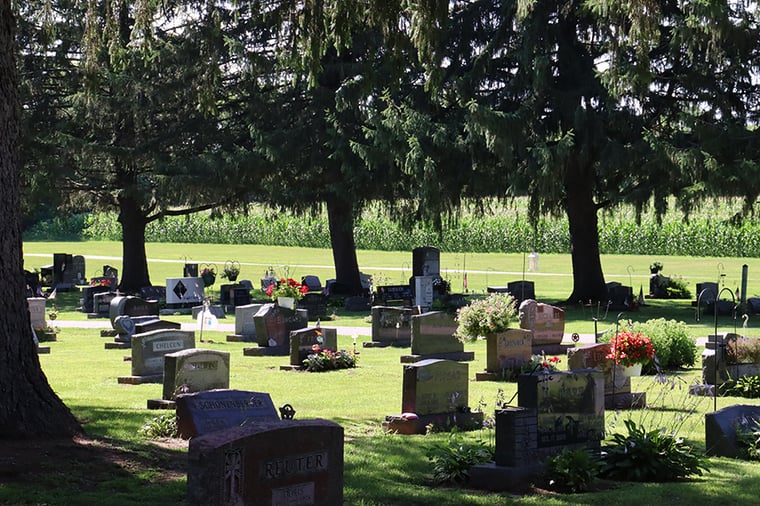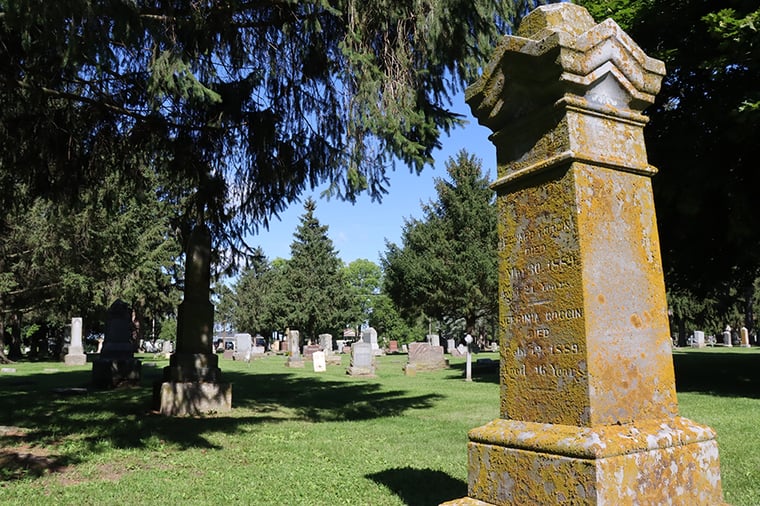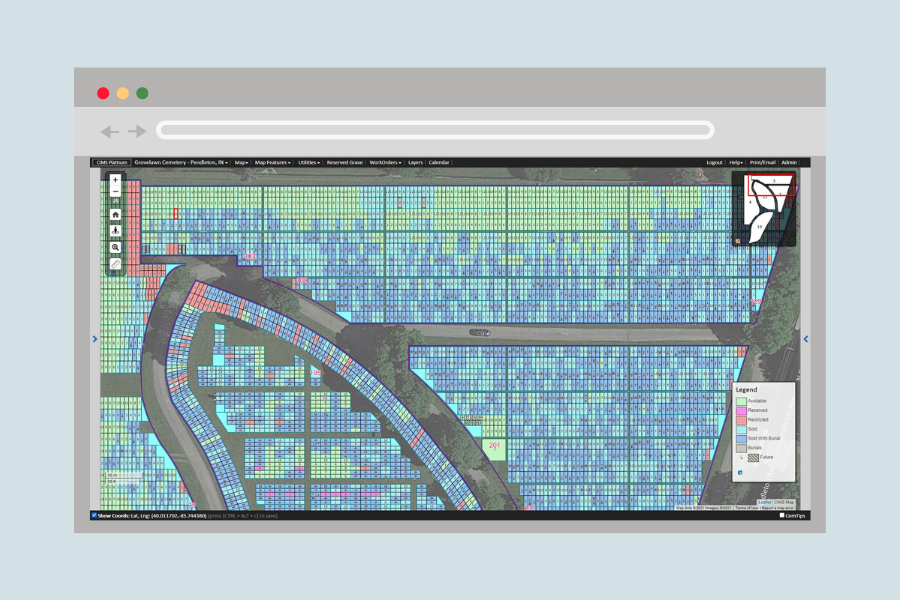How to Find Buried Headstones and Unmarked Graves

Cemetery sections with incomplete or missing records pose a number of problems for cemetery managers. In the absence of information, questions abound.
Which plots are occupied—and by whom?
Can any be sold to local families without exposing the cemetery to risks?
Do any utilities run through this area?
At times, these questions can be answered by exploring public records and sifting through cemetery archives, searching for overlooked details. But such an undertaking is time-consuming. Plus, cemeterians have to prioritize helping grieving families, not combing through old documents.
So how can cemetery managers find buried headstones and unmarked graves at their cemeteries?
In this post, we explore why identifying subsurface obstructions at your cemetery matters. Then we explain how your cemetery can fill gaps in your records with ground penetrating radar before providing some tips on how to incorporate GPR findings into your cemetery maps.
Why identifying buried headstones and unmarked graves matters
Cemeteries are home to a lot of history, with many US cemeteries having been around for hundreds of years. The passage of time affects each cemetery differently. Thanks to meticulous record-keeping and oversight, some historic cemeteries have pristine records. These cemeteries are, unfortunately, the exception and not the rule.
The fact is that unmarked graves and buried headstones are somewhat common problems for older cemeteries. But just because this information has been lost (at least temporarily) to history doesn’t mean it’s lost forever. In fact, finding lost graves and markers should be a priority for today’s cemeterians. Why? Accidentally selling unmarked spaces can result in embarrassing and potentially damaging situations.

Find buried headstones and unmarked graves at your cemetery
The most effective way to locate unmarked graves and lost headstones on cemetery grounds is to use ground penetrating radar. Ground penetrating radar (also known as GPR) allows cemeteries to investigate large areas of land for underground anomalies, including buried markers, caskets, utilities, and other subsurface materials. Most GPR systems resemble push mowers and detect geological features and obstacles by sending a series of pulses into the ground.
The best part? GPR is non-intrusive, meaning that cemeteries can receive a detailed report on the subsurface of a given area without digging, excavating, or otherwise disrupting their grounds.
Read more: Why do cemeteries use ground penetrating radar?
While ground penetrating radar has multiple applications, the technology is commonly used to survey cemetery grounds and can accurately detect most interments. Whether you’re surveying your cemetery grounds for headstones lost to time or trying to uncover previously unknown burials, GPR is an invaluable resource for cemetery managers. GPR can also identify changes in ground strata, underground pipes and unmarked utilities, air pockets and voids, groundwater tables, and materials like concrete, metal, plastic, and PVC.
Ground penetrating radar is commonly used when cemeterians suspect burials are missing from their existing maps. However, that is not the only use case for GPR on cemetery grounds. Space is a big concern for today’s cemeteries, and ground penetrating radar systems are also useful when considering expansion.

Improving cemetery maps with GPR
Ready to scan your cemetery with GPR? Don’t forget to incorporate any findings into your cemetery maps. Ground penetrating radar gives cemeterians important insights into the status of plots and sections at their cemetery. In turn, cemetery professionals must use this information to update their maps. Doing so will keep their sales team abreast of which plots are available to sell to local families.
If your cemetery uses cemetery mapping software (like CIMS), data from GPR can easily be added to your online map.
Get a ground penetrating radar quote for your cemetery
CIMS helps cemeterians survey their grounds and improve their digital cemetery maps with ground penetrating radar services. Want to learn more about your cemetery grounds? Get an estimate for ground penetrating radar at your cemetery.



